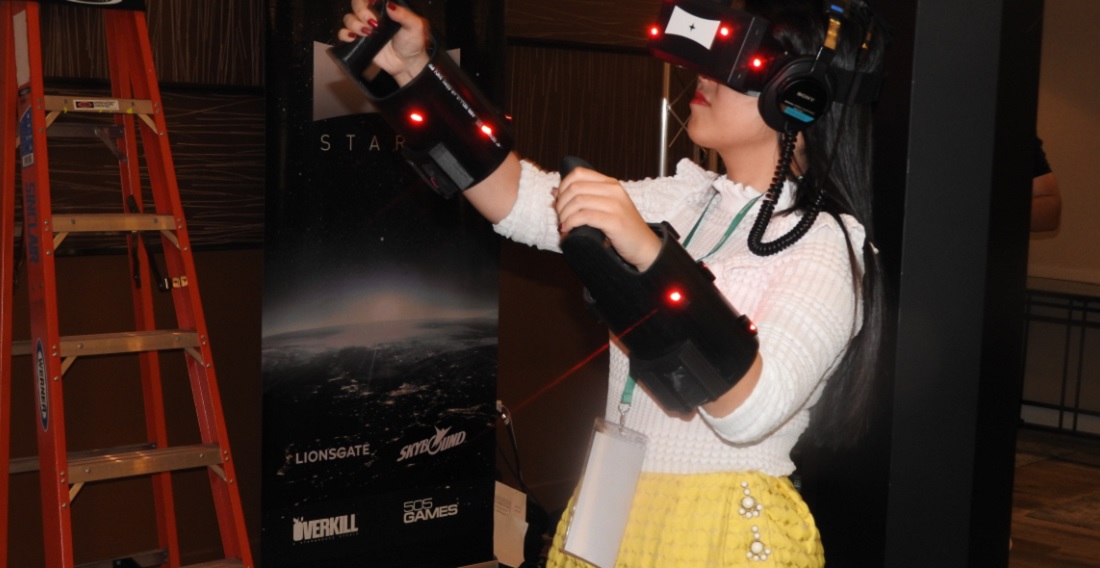Virtual reality in the home is taking off slower than expected, as evidenced by CCP Games’ decision to shut down VR game development. But there’s a good chance that VR will find a way to thrive in arcades, whether in Asia’s internet cafes or America’s shopping malls.
Should VR game makers pivot to the arcades? Greenlight Insights recently staged a whole conference about this opportunity, where 450 people talked about the prospects for location-based VR entertainment and other opportunities. In some ways, it makes sense as high-quality PC-based VR is still expensive to buy, and arcades can write off the equipment over many users.

Unlock premium content and VIP community perks with GB M A X!
Join now to enjoy our free and premium membership perks.
![]()

![]()